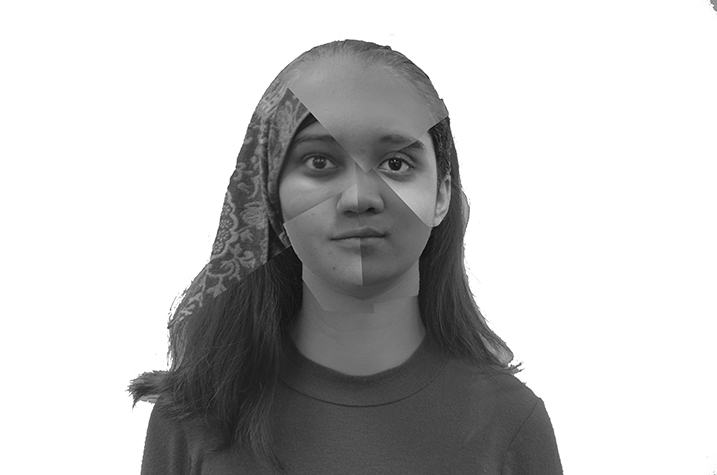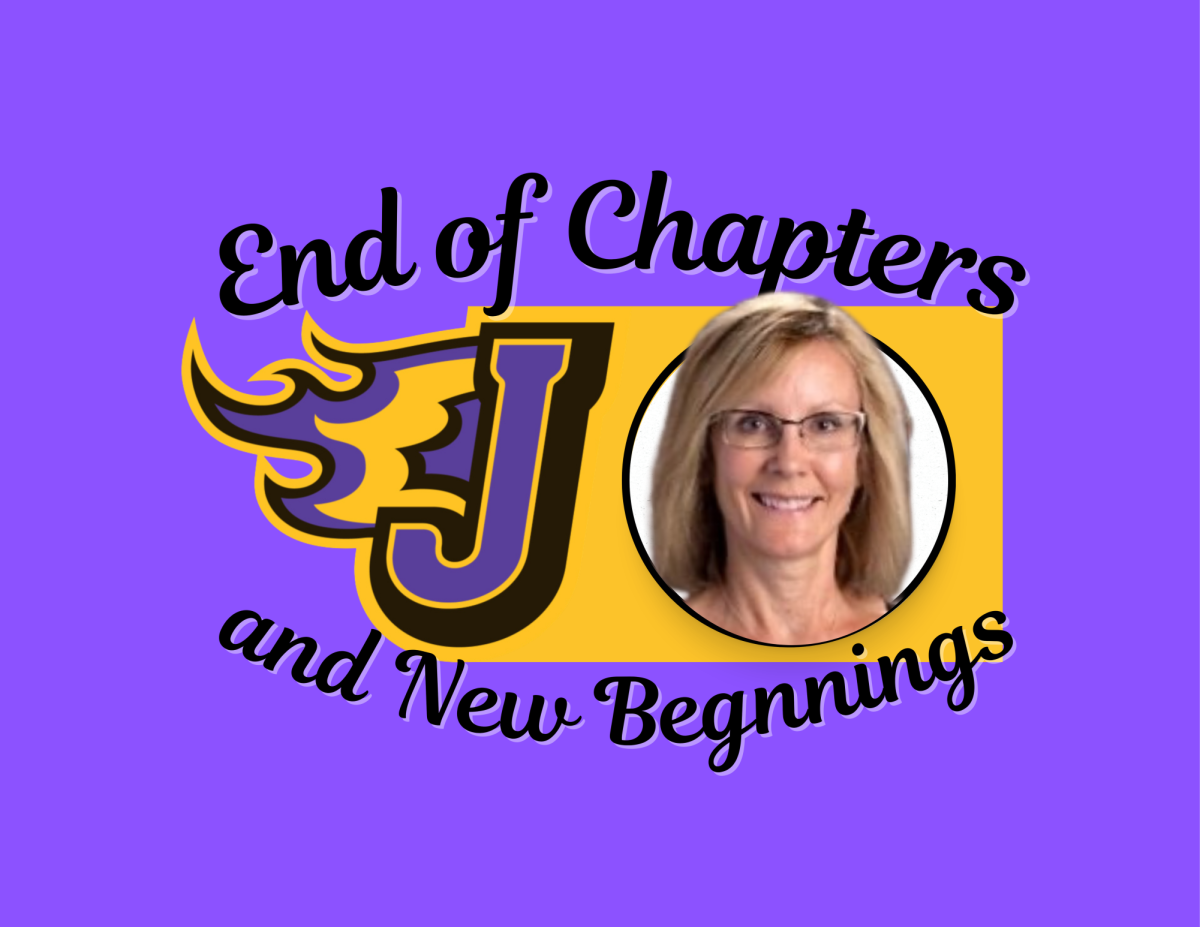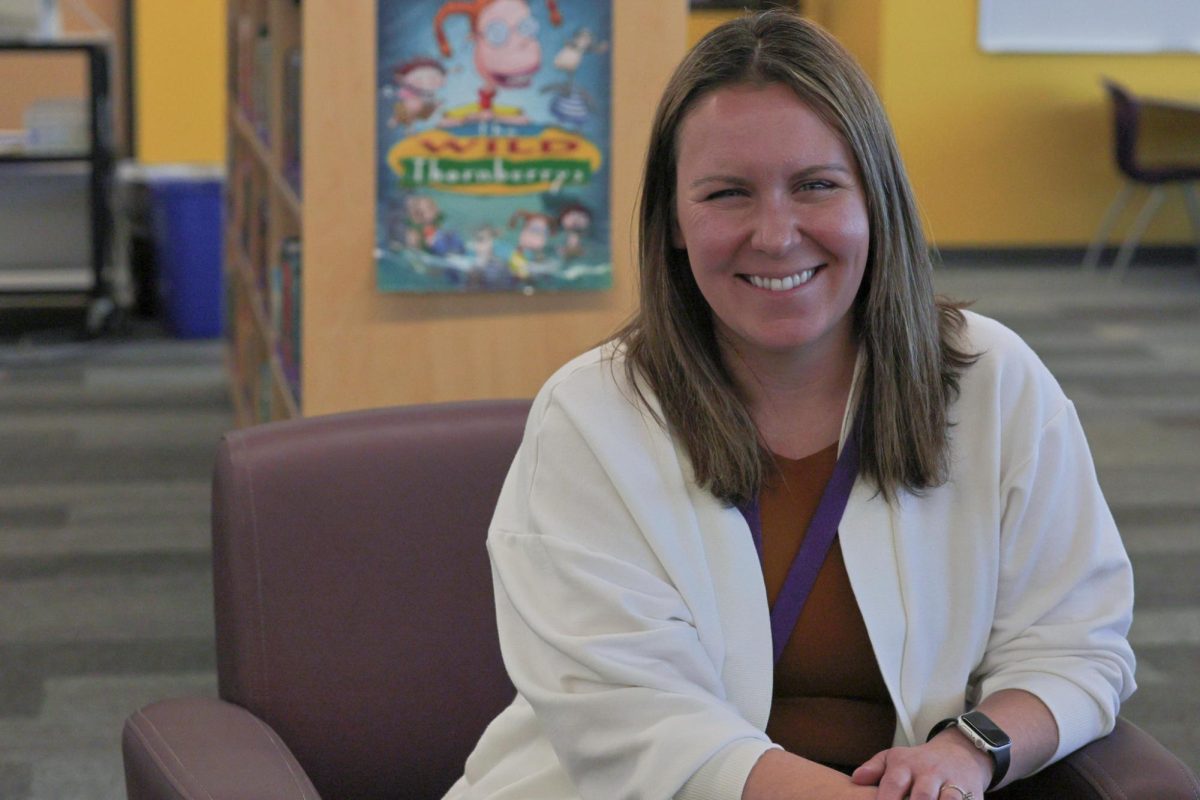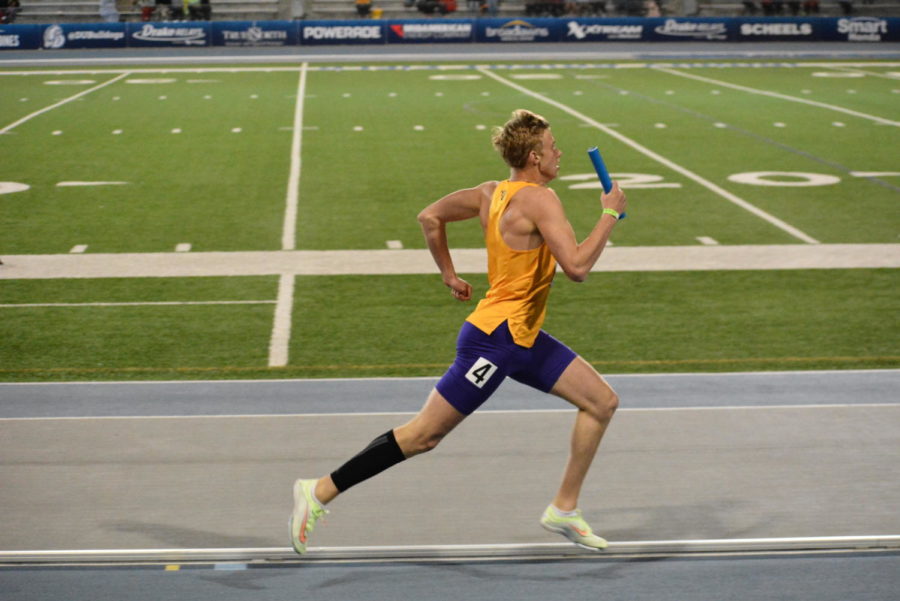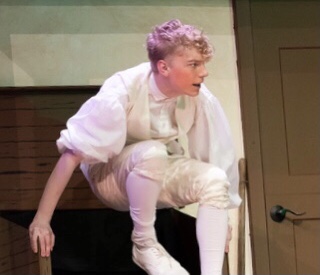In all of her years of teaching A.P. World History, Sue Cline has never had a class in which the majority of students are not Caucasian, until this year. “I think that’s a great sign,” she said.
Reports from the U.S. Department of Education show that there are diversity problems in Advanced Placement (A.P.) classes across America in terms of ethnicity and gender. The statistics on diversity in A.P. classes lend themselves to stereotypes about gender and ethnicity.
According to College Board, Caucasians represent 55.9 percent of students taking A.P. classes. In a 2012 report from the U.S. Department of Education, the percentage of African-American and Latino students in advanced classes is nearly half the number of African-American and Latino students enrolled in schools offering A.P. classes.
These stereotypes are apparent in most of Johnston’s A.P. classes as well. “In A.P. courses, any course in Johnston, things tend to stratify,” A.P. Language and Composition teacher Mark Schillerstrom said. “You get into different stereotype issues and sometimes we accept those things without thinking, and we shouldn’t do that.”
Although A.P. World History is very ethnically diverse, the same can not necessarily be said for other A.P. classes.
The percentage of black students in A.P. classes is much lower than the overall percentage of black students in the high school. “There’s a stereotype (among black students) that if you try in education you’re trying to act white,” Obsee Abbajabal ‘19 said. “Because people label me as smart, I feel like they don’t think I’m black or I’m not black enough.”
Amanda Roberts ‘19, like Abbajabal, is a black student in A.P. World History. Roberts’ sister is the first person in her family to go to college, and her parents made Roberts take A.P. World History to have the same opportunities as her sister. “I was resentful at first but I know what they’re doing what’s best,” she said. “Seeing my sister be in college, I know I’m going to need those classes later on.”
Roberts’ choices in advanced classes have often been different from her black friends. “When I was with my friends and they were picking classes, they basically picked all the same classes,” she said.
Roberts is the only black student in her period of A.P. World History. “There are times where like my black friends care more about it than I do,” she said.
Schillerstrom believes that people’s cultures play into the ethnic diversity in A.P. classes. “Your cultural values, the things you grow up with and that are embedded in you, shape us in ways that we really don’t or can’t imagine,” he said.
For example, the percentage of Asian students in A.P. classes is much higher than the overall percentage of Asian students in the high school. “Since many of the Asians at our school are the children of immigrants, usually immigrant Asian parents will want to push their child to work hard, and push themselves academically,” Anna Xiang ‘18 said.
This was the experience that Xiang had with her parents.
Anjali Dhawan ‘19 had a similar experience to Xiang. “The way my dad grew up was in a competitive environment academically, so that’s his expectation for me,” Dhawan said.
The population of males and females is fairly equal overall, without taking into account students in multiple A.P. classes. However, the numbers are very different when looking at humanities and science, technology, engineering and math (S.T.E.M.) A.P. classes. In A.P. humanities courses, females represent the majority at 66 percent. In A.P. S.T.E.M. courses, males represent the majority at 62 percent.
This lines up with national statistics on gender diversity in A.P. classes. According to the U.S. Department of Education’s 2012 report about gender equity in schools, “Girls outnumber boys in enrollment in A.P. science, A.P. foreign languages, and several other A.P. subjects. In A.P. mathematics (Calculus and Statistics), however, boys have consistently outnumbered girls by up to 10,000 students.”
Xiang believes that teachers are doing a good job encouraging all students to take S.T.E.M. classes. “Teachers are making an extra effort,” she said. “I didn’t really feel discouraged when I took engineering and S.T.E.M. classes.”
Dowell is concerned about men’s roles in advanced classes. Historically, A.P. Psychology has been heavily female dominated, with anywhere from 60 percent to 70 percent of the class represented by females. “It seems like guys are falling behind in some of the advanced courses,” he said.
This is a topic of discussion in A.P. Psychology, since Dowell said that colleges and professional programs are becoming more female dominated. “I have no problem with women having more of a role,” he said. “I kind of wonder, ‘Why are guys falling behind? Is there something we need to do as schools to try to fix that?’”
From Dowell’s observations, he believes that school generally lends itself more to females, especially considering the nature of young and adolescent boys. “Some guys struggle more sitting in one place for long periods of time,” he said. “They want to be up and moving around.”
Nika Silkin ‘19 is currently the only girl in A.P. Physics. “At the beginning of the year I definitely walked in with an, ‘Oh crap I might have to do something different in this class,’” Silkin said.
Now, however, Silkin is glad to be in an environment where she is an equal. “(The guys) don’t view me differently because I’m a girl, so I can really effectively contribute,” Silkin said. “Chai also does a really good job of not treating me any differently because I’m a girl in the class.”
Silkin does feel a difference in atmospheres in the classes, however. “There’s definitely a difference in dynamics because I’m the only girl. It’s not necessarily a negative dynamic charged towards me, but it’s definitely more of a bro culture in that class than in A.P. Chemistry where there are way more girls,” she said. “Since sixth grade, I’ve come to the realization that in those advanced math and science classes I’m going to be like one of five girls.”
Despite the lack of diversity in some classes, most agree that it is important. “We sit around and all agree with each other because we’ve all had the similar experiences the last 18 years,” Dowell said. “I think it would enrich (courses) to see some people that see the world in a very different way.”
At this stage, the school is just looking at the data and if they find any discrepancies they will address it and figure out why. “If there’s something that’s happening in scheduling, or somehow in the process, that is making those classes inaccessible for a certain population, we need to know about that,” Principal Ryan Woods said. “Any course should be accessible to any kid at some point.”

